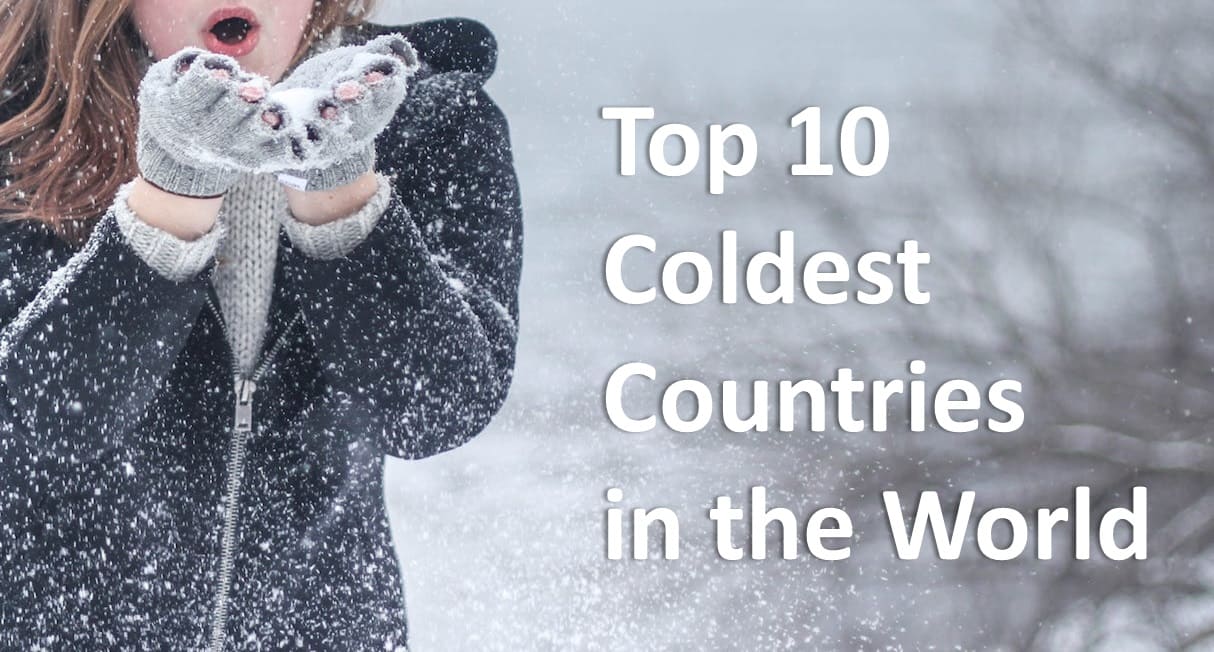Some places on Earth stay cold all year round. From Antarctica’s icy plateau to Canada’s frozen tundra and Mongolia’s high plains, winter here is not just a season – it’s a way of life. Temperatures stay well below freezing, homes are built to survive months of frost, and daily life revolves around snow and ice.
But even these freezing lands are feeling the effects of climate change. Many are warming faster than the rest of the world. This doesn’t mean they’re losing the cold completely – instead, the cold is becoming unpredictable. Some years see heavier snow and longer winters, while others bring shorter, milder cold seasons. The biggest change is not the temperature itself, but the loss of consistency that people and nature have depended on for generations.
The 10 Coldest Countries in 2025 (average annual temperature)
-
Antarctica – -56.7°C
-
Russia (Siberia) – -5.4°C
-
Canada (north) – -4.8°C
-
Greenland – -3.6°C
-
Mongolia – -0.9°C
-
Norway (including Svalbard) – 1.3°C
-
Kazakhstan – 1.6°C
-
Finland – 1.9°C
-
Iceland – 2.0°C
-
United States (Alaska) – 2.1°C
Why cold places are warming faster
This happens because of “polar amplification.” Ice and snow reflect sunlight, but when they melt, darker land or water underneath absorbs heat, speeding up warming. This is happening quickly in places like Siberia, northern Canada, and Greenland.
Why climate change can still bring colder winters
A warmer world doesn’t always mean warmer winters. Changes in the jet stream can push freezing Arctic air further south, leading to polar vortex events. This means winters can swing between unusually mild and extremely cold, with unpredictable snow and storms.
The world’s coldest countries are still cold – but the way the cold behaves is changing.
#ColdestCountries #FreezingWorld #GlobalClimate #ColdWeatherFacts #ClimateChange #PolarRegions #WinterLife #SnowAndIce #Antarctica #Siberia #Greenland #ArcticClimate
